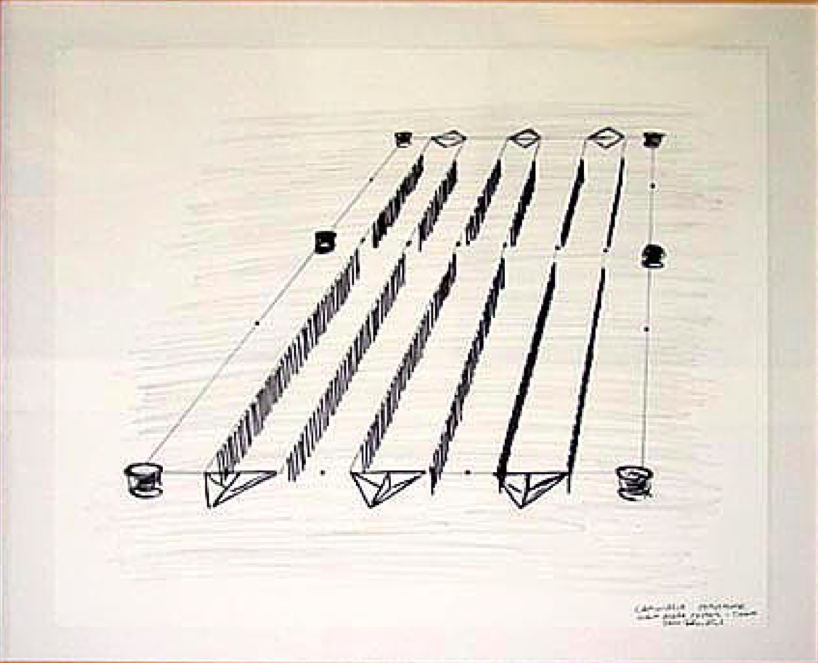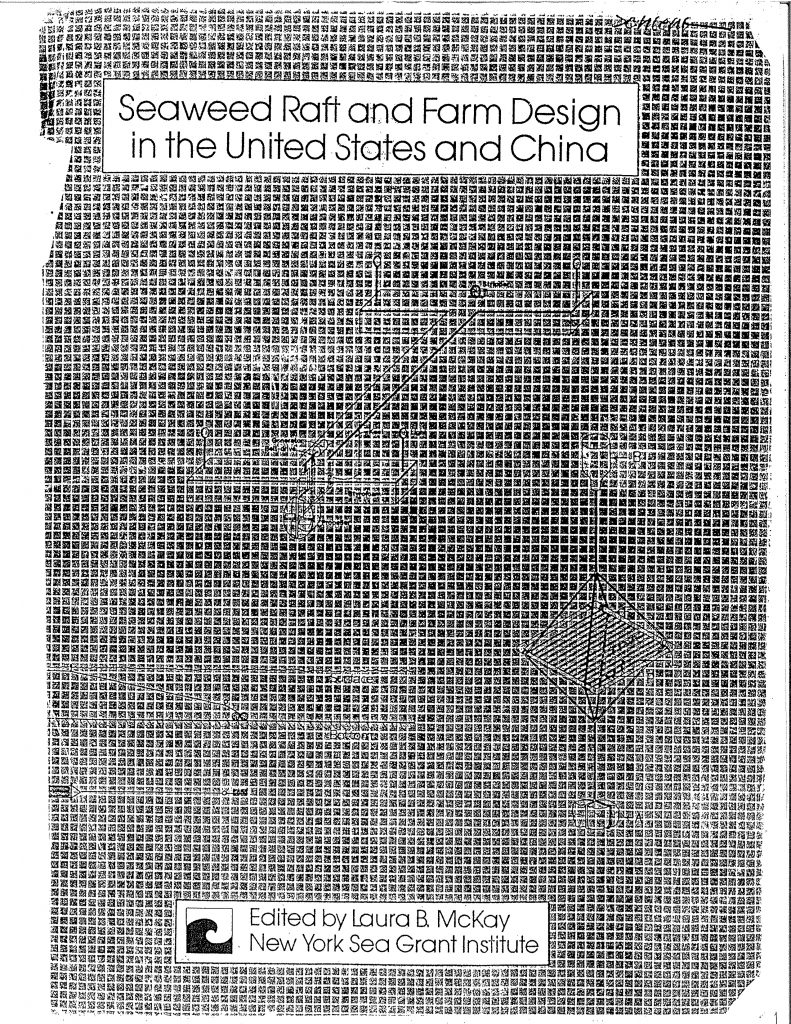PLANET-HEALTH POWER
IN THE HANDS OF
U.S. SECRETARY OF COMMERCE
It’s widely recognized that all life on earth depends most, and first, on the Ocean. For Gina Raimondo, formerly Governor of the Ocean State, this widespread understanding can be put to use, with huge leverage. As Secretary of Commerce, Gina Raimondo is responsible for the second largest EEZ in the world. First is France, with 11,691,000 km2 of EEZ. Next, the US, with 11,351,000. Australia, Russia, the UK, Indonesia, Canada, Japan, New Zealand follow.
An EEZ is an Economic Enterprise Zone. It is granted to any country in the ocean waters extending out 200 miles from any coast, except where another country is closer than 200 miles away.
Being responsible for the US EEZ gives Gina Raimondo decision-making power over far more than any other Federal agency or Department of the United States. The Bureau of Land Management has 1,001,000 km2. The USDA’s National Forest (and Grassland and Coast) lands include 780,000
km2. The National Park land, allegedly consigned to wildlife, have 211,000 km2. Add to this all the military bases, and Gina Raimondo remains in charge of more territory on Earth, albeit of seawater, than all other US agencies combined, by far. Now she has a real OCEAN STATE.
We of Ocean Earth, with founding shareholders schooled in Rhode Island, can provide suggestions.
An example is the crisis in Taiwan.
As we have already reported, Taiwan is entirely inside the Kuroshio, a warm water current from Palau to Japan, and onward towards the US West. Oceanically, and in accordance with normal EEZ rules, Taiwan (except Quemoy and Matsu) has nothing to do with mainland China.
Palau and Monaco have teamed up with Italy in proposing that the United Nations be oriented much more around what we all need for survival: the Ocean. The initiative could be expanded to include more UN member states. Also, Palau has spoken at the UN on behalf of Taiwan, perhaps in recognition of their common ocean-current condition. Palau has a huge ocean expanse, or EEZ, in comparison with its island size above present sea-level. Monaco, of course, provides a supra-national authority in global oceanography.
Gina Raimondo can discuss with Taiwan and Japan how their respective EEZs overlap among a small group of islands northeast of Taiwan, and vigorously claimed nowadays by China, called Senkaku in Japanese, Diaoyu in Mandarin. All three political entities, Japan, Taiwan and the PR Chinca, claim these islands. The islands have no inhabitants.
They have steep slopes, and could probably not have an airport. Docking a ship there could be difficult. They have long ago been Chinese… but many places have long ago been German, or Roman, or French? some time “long ago.” What is the situation now? EEZ practices could lead to an agreement between Japan and Taiwan.
If China wants to shout louder about how those uninhabited islands belong to them, as they do in two-page advertisements in China Daily newspaper, they might be persuaded to let the islands become, in a manner like Svalbard today, an INTERNATIONAL RESEARCH CENTER. In this case, it would be an INTERNATIONAL CENTER ON MACROALGAE


GROWTH AND HARVEST TECHNOLOGY. East Asian countries like PR China, RO China (Taiwan), Japan and maybe even the two Koreas, could participate. This would simply continue what PR Chinese and US scientists, and marine engineers, worked on not too long ago, in the 1980s. The leading Chinese scientist in that site work, now in Tsingtao, at the Institute of Oceanology, would like very much to resume the international, sometimes jointly-conducted, research.
There could even be competitive projects. Wouldn’t this be a better solution to the “ownership” and management of overlapping EEZs?
An Ocean Earth stakeholder, Catherine Griffiths, a UK national now in Detroit, could advise on dealings with Chinese marine scientists.
She was invited to visit with them at the same Institute of Oceanology. This writer, also a stakeholder, maintains a base in the NY State town where the US-Chinese joint research was being conducted in the 1980s, and maybe yet again: Stony Brook, NY. Catherine and I have both read the entire report attached. Several PhD candidates (Stanford, UC Irvine, Stony Brook) are keeping track of our progress.
As Secretary of Commerce, Gina Raimondo also has two scientific agencies that can work directly, with their ongoing data collection and research, on many ocean sites of the world. These are NOAA, the National Oceanic and Atmospheric Administration, which operates ocean-observation satellites with sensors like AVHRR, and the National Marine Fisheries Service, with National Marine Fisheries Laboratories.
An oceanic approach to diplomacy could change the game, now fraught with threats of war, on historical and global-ecology scale.
Ocean Earth Development Corporation is ready to jump in. It has plenty of the knowledge, much of it acquired in overseas universities on funded research, to do so with authority.
20 October 2021